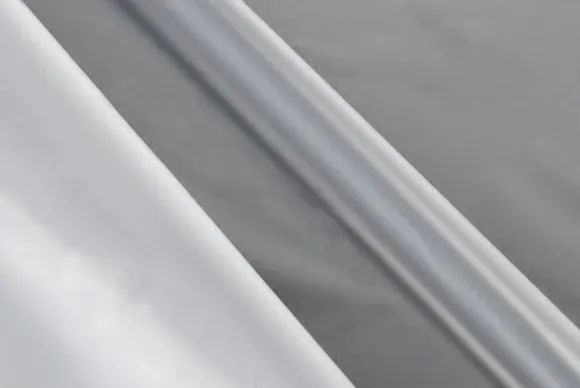
1. Mechanical theory
The mechanical theory is also called the glue nail theory. In layman's terms, the glue solidifies by infiltrating the gaps on the surface of the material, forming small glue nails one by one, resulting in mechanical bonding, which makes the adhesive solidify with the substrate mechanically. fixed together. Because the performance of solids is not completely smooth, the solid surface is composed of numerous irregular peaks and valleys under the microscope.
The mechanical occlusion of the adhesive is the main bonding factor for hollow-based materials such as foamed plastics. For bonding non-porous materials, mechanical grinding is much better than untreated. We often use this mechanical sanding method in leather bonding and rubber bonding.
2. The adsorption theory
Adsorption theory states that adhesion is caused by molecular contact between two materials, which creates surface forces. The process of contact between the adhesive and the surface of the adherend is called "wetting". For adhesives, the surface tension should be lower than the critical surface tension of the solid in order to achieve the effect of wetting.
Most organic adhesives readily wet metal solids. However, many solid organic substrates have less surface tension than commonly used adhesives. Good wetting requires the adhesive to have a lower surface tension than the substrate, a fact partly explained by the fact that organic adhesives such as epoxy adhesives have good adhesion to metals, but not to untreated Poor adhesion to polymeric substrates such as polyethylene, polypropylene and fluorocarbons. After the adhesive wets and contacts the adherend, adhesion can be achieved through intermolecular interaction, and four types of chemical bonds can be generated in the adhesion cohesion.
3. Electrostatic Theory
The electrostatic theory believes that adhesion exists because of the existence of an electric double layer at the interface between the glue and the adherend, which forms an electrostatic force. This electrostatic force itself is resistant to separation. This theory is justified by the discharge phenomenon that occurs when the cured adhesive is peeled off the substrate.
4. Diffusion Theory
Diffusion theory believes that the existence of adhesive force is caused by the mutual diffusion between glue and adherend molecules. When both the adhesive and the adherend are polymers, this theory is reasonable in the case that both have mobile long molecular chains. Solvent-based or hot-melt bonding of thermoplastics, for example, is believed to be the result of intermolecular interdiffusion.
Although the problem of bonding mechanism has been inconclusive, understanding various bonding theories will help us grasp the basic requirements of bonding. Maybe bonding is not a theory that can explain it. For hot melt adhesive films, different bonding theories should be used for bonding different materials. For example, bonding on textiles and bonding on plastics will apply different theoretical models. It seems that among the various bonding mechanisms, the mechanical theory and the diffusion theory are closer to the actual situation of hot melt adhesive film bonding.
